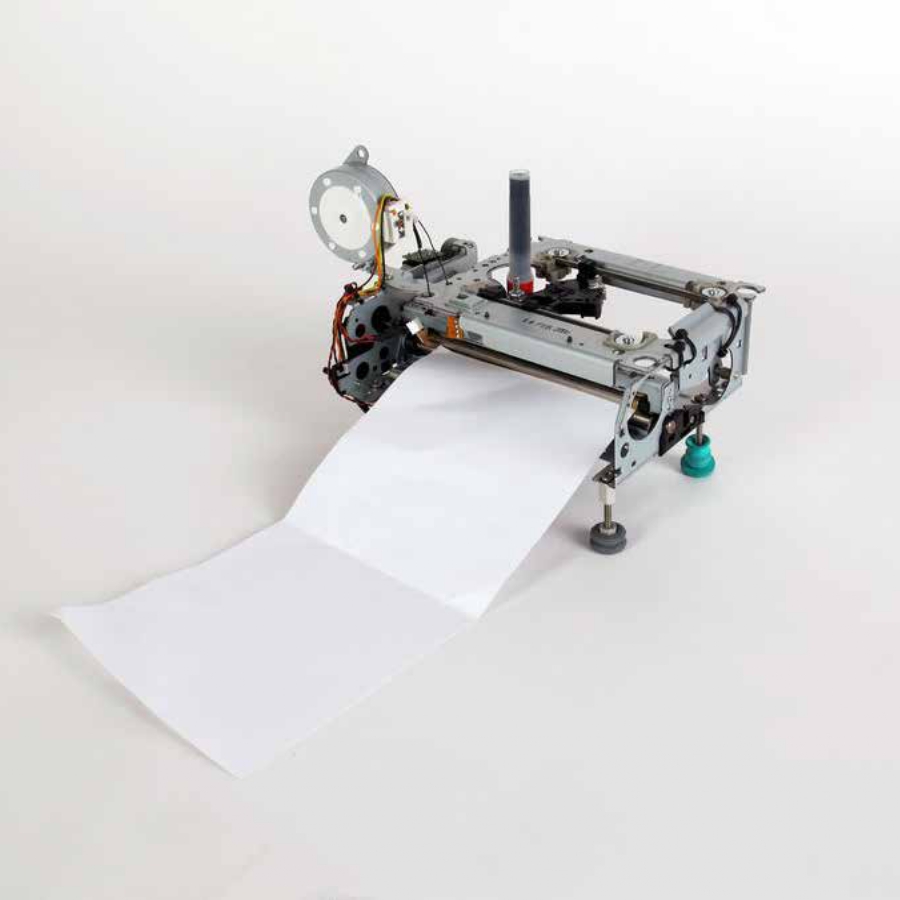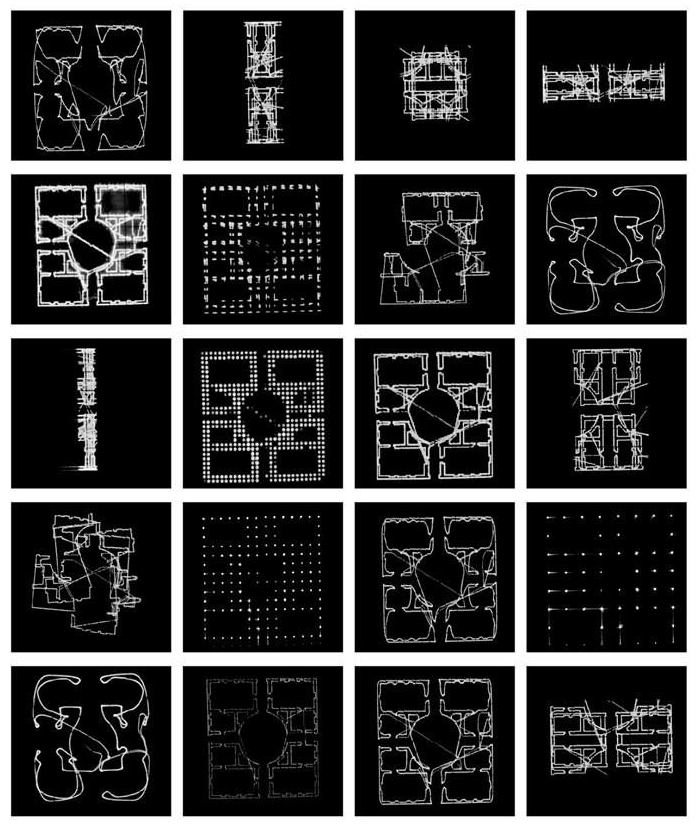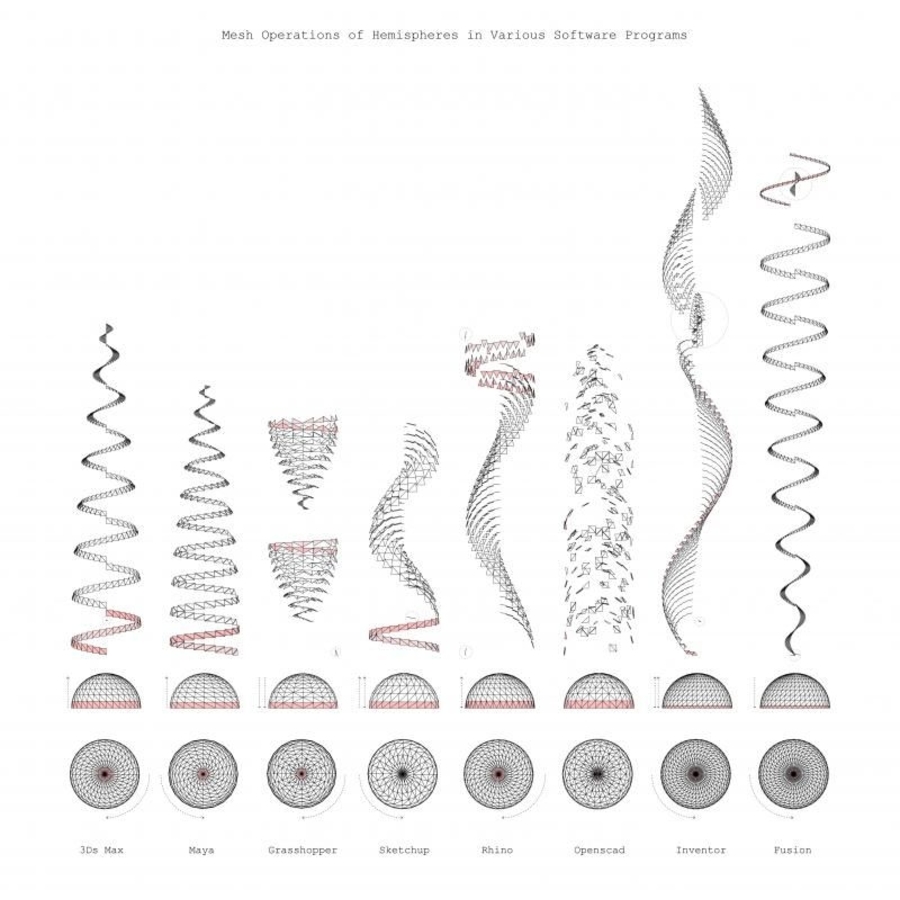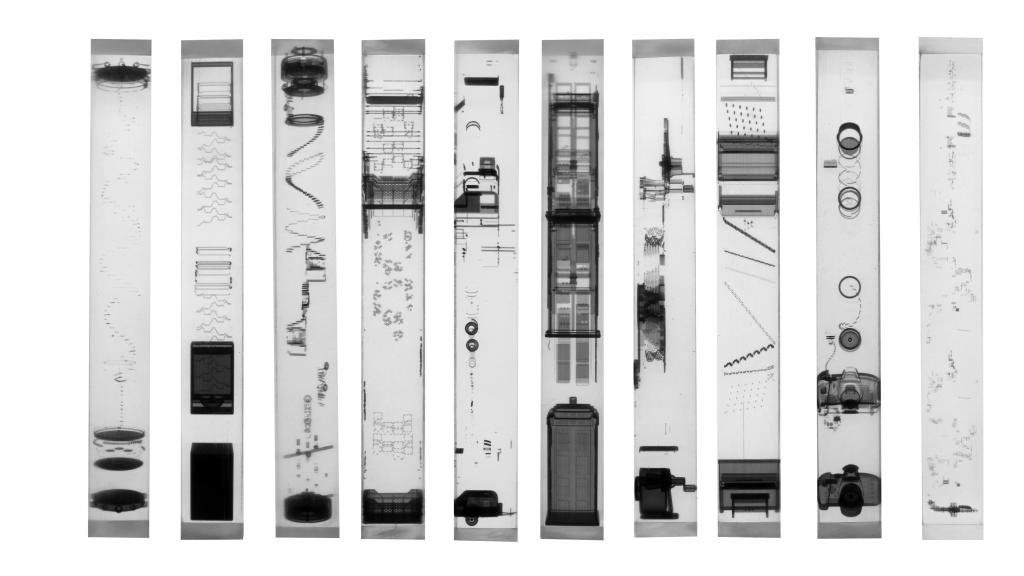Talent

Jonah Marrs
A project by
Jonah Maars
- Profession
- Designer
- Project
- Prepared Instruments for Computer Alchemy
- Based in
- Paris
- Platform Member
- Ars Longa
- Works at
- —
About the project
Jonah Marrs has a background in history, architecture and electronics. He is interested in the intersection between Media Archaeology and avant-garde creative practices. He develops new ways of introducing students of design to basic electronics and introductory computer science. Apart from being a long-time student, Jonah has had a diversity of short-term roles. He was an intern architect in Berlin, an electro-mechanical prototyper at the Brooklyn Navy Yard, a guest digital archival researcher at Montreal’s Canadian Center for Architecture, and an Artist in Residence at Autodesk’s Pier 9 in San Francisco. After almost four years at l’Université de Paris-Sud as a Research Engineer developing hands-on electronics workshops and kits for students of the Fab Academy, he has moved to a similar role at the Pôle Universitaire Léonard de Vinci. He also teaches intensive workshops in culture numérique at l’ENSCI-Les Ateliers Paris.
I give form to machine interfaces hidden deep within the black box of media technologies.
I am inspired by the rich history of artistic experimentation with media technology from the 1960s and 1970s including Sonia Sheridan’s work bending Xerox photocopiers, Stan Brakhage’s hands-on 16mm films, and Steina Vasulka’s custom CRT controller electronics research. I also draw on the design hacking knowledge from a new generation of contemporary tinkerers and bricoleurs who share their technical methods on the internet, using devices like Arduino to give second life to e-waste. My process begins by learning to control a historical media device (like an old TV or a pen plotter) and then bending it to do something beyond its original design intent. Of special interest to me is the uncovering of machine-to-machine interfaces deep within the device that are typically beyond the reach of the artist. I then explore the output of the machine when these newly discovered parameters are played like the keys of a novel musical instrument, recording the resulting visual effects produced. I finally curate the results in series of drawings, 3D prints, photographs, or videos and share my technical methods for reproducing these representations. I want to convey the rich formal range and playful idiosyncrasies of these media machines liberated from the corset of their factory settings.



